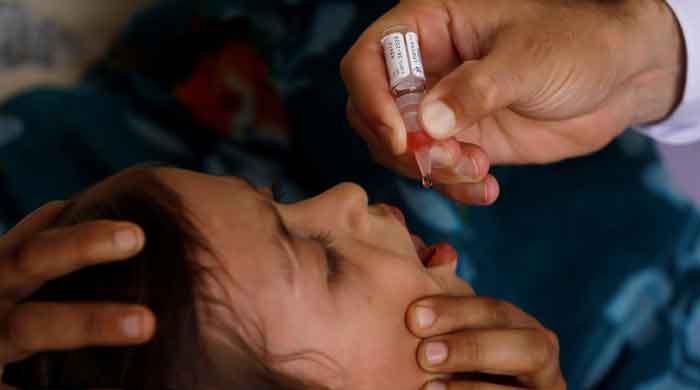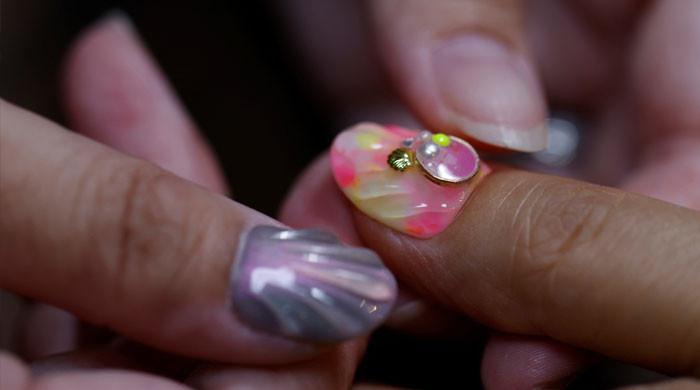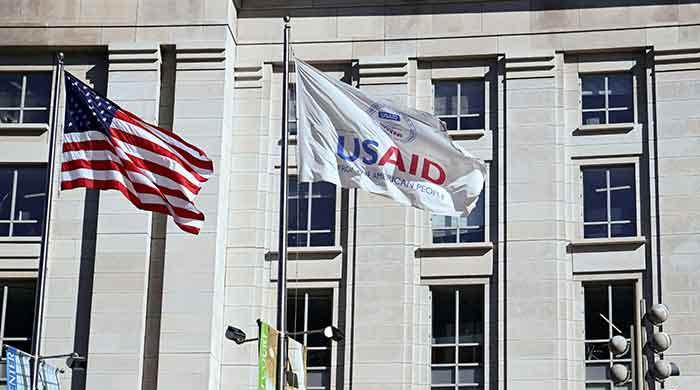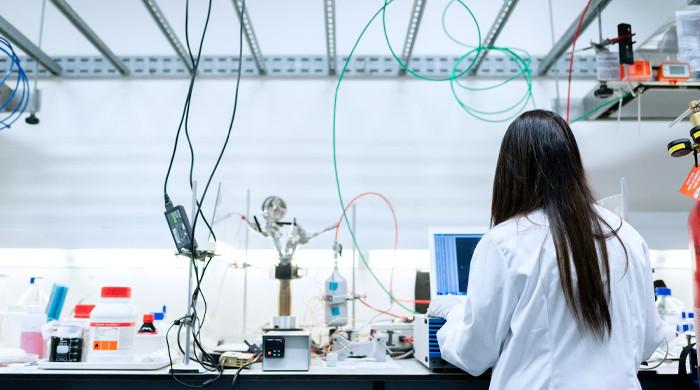Total solar eclipse 2024: Here are the risks of looking at an eclipse incorrectly
Protecting your vision: Guidelines for safe eclipse observation this april
April 03, 2024
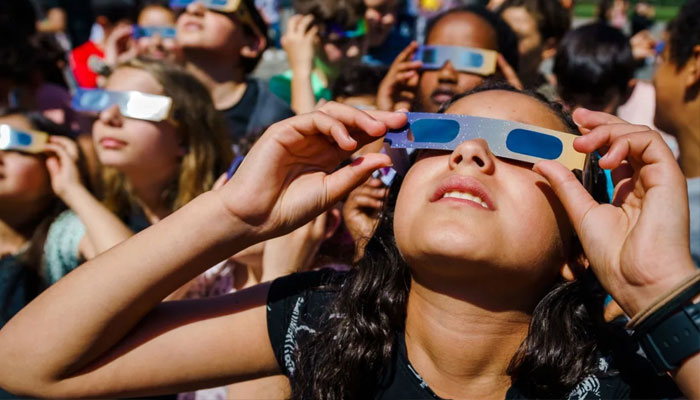
In April, as the moon's shadow traverses the sun, prompting awe-inspiring total solar eclipse 2024, it's crucial to understand the risks associated with improper eclipse viewing.
Those within the path of totality will witness a total solar eclipse, while others will experience a partial eclipse, where only a portion of the sun is obscured.
The eyeballs can get seriously damaged or even lead to the blinding which can result from staring into the sun during an eclipse if the safe viewing method (eye protection) is not followed.
NASA highlights the fact that the light of the magnetic arch of the sun must not be viewed with direct observation, except during totality, when its brightness is completely eclipsed by the moon.
Experts strongly suggest using either solar eclipse glasses or handheld solar viewers, which comply with the international safety standards for personal safety. These optical devices are built to filter solar radiation while at the same time lessening the eye strain for a secure observation.
Being sure that the eclipse viewers of the kids didn't get removed by accident is as important as keeping the eyes protected during the event. Additionally, people who where prescription glasses can either bring eclipse glasses over them or use handheld viewers.
While the type-2 method of direct viewing, through pinhole projection, is another possibility as it is a safe way of understanding the phases of the Sun although with no risk of an eye damage. These straightforward instruments provide a sun image, such as crescent or ring - shaped sun on a surface that gives safe observation.
Furthermore, appropriate storage is also necessary to keep safe and in order for the total lunar eclipse 2024. Water as well as wet wipes can be bad for your lens as they can dehydrate them.
Putting these regulations to use, you will be able to watch the April eclipse without a fear that bright sunlight will negatively affect your eyes because of its intense rays losing strength a bit.






